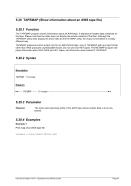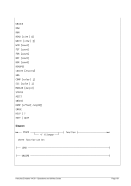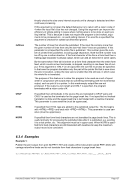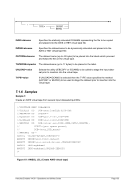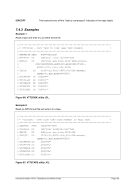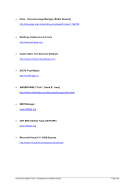Appendix B. Syntax
This book uses two kinds of describing the syntax of the utilities. These are:
B.1 Reading Syntax Descriptions
All syntax descriptions in this book use a common structure as described in the following table.
Syntax Element
Description
KEYWORDS
Keywords are denoted with upper case letters. Obey the spelling. In the
actual statements or commands they can be coded in upper case or
lower case letters.
variables
All user defined values are denoted with lower case italic letters. In the
actual statements or commands they can be coded in upper case or
lower case letters.
{ }
Signifies that all, or some portion, of the code elements between the
braces are required elements. Note that the braces are not part of the
statements and must be not coded.
[ ]
Signifies that all, or some portion of the code elements between the
square brackets can optionally appear but are not required elements.
Note that the square brackets are not part of the statements and must be
not coded.
|
The OR symbol signifies that you may use only one of the code elements
or values from the possible choices. Note that the OR symbol is not part
of the statements and must be not coded.
xxx,...
Signifies that there can be more than one value in a comma delimited
list. Note that the dots are not part of the statements and must be not
coded.
xxx ...
Signifies that there can be more than one value in a blank space delimit-
ted list. Note that the dots are not part of the statements and must be not
coded.
Table 11: Reading Syntax Descriptions




























































































